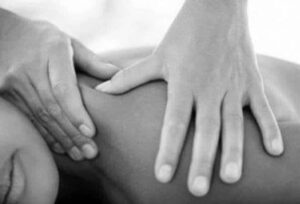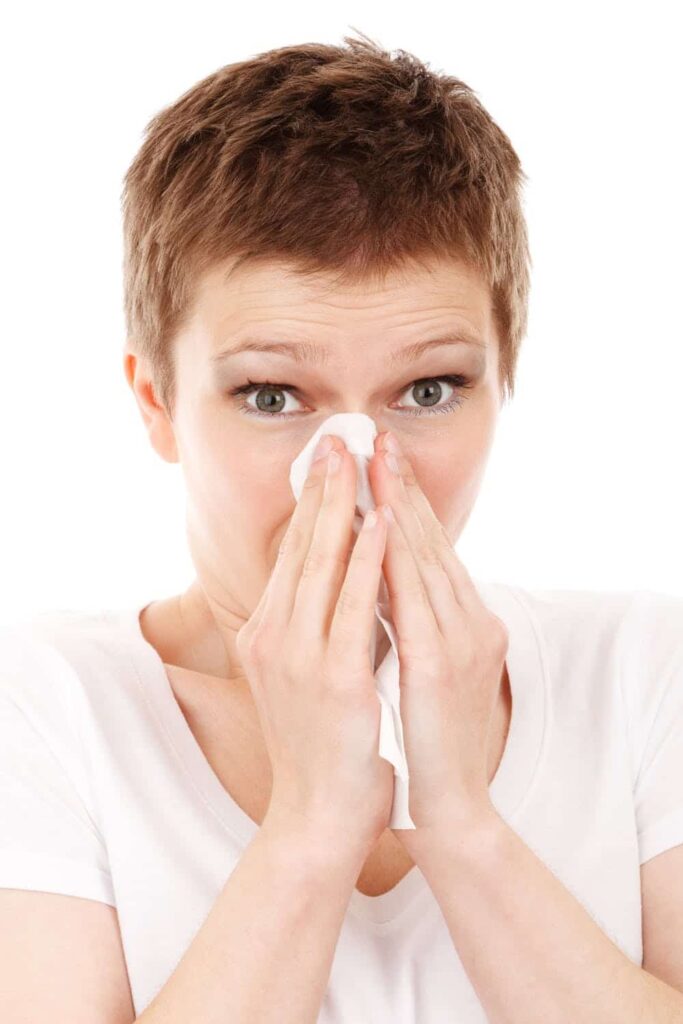What is a Deep Tissue Massage?
Deep Tissue Massage
 Deep-tissue massage is a specific type of massage therapy that concentrates on the deep layers of muscle and fascia in the body; and recommended by many doctors as a treatment option. By using deep finger pressure and slow, firm strokes, deep tissue massage is used to treat a variety of physical ailments.
Deep-tissue massage is a specific type of massage therapy that concentrates on the deep layers of muscle and fascia in the body; and recommended by many doctors as a treatment option. By using deep finger pressure and slow, firm strokes, deep tissue massage is used to treat a variety of physical ailments.
Does Deep Tissue Massage Hurt?
When the body is experiencing pain, it reacts with tension. During a deep tissue massage, discomfort is normal and will be felt if there are inconsistencies within the tissues. Discomfort is described as a “good hurt”, the kind that feels good at the same time. On the other hand, pain can be described as being uncomfortable and not tolerated well by the body.
Massage therapists should work within the client’s comfort level and pain tolerance at all times. If a person cannot handle a high amount of pressure, it may take several more treatments to achieve the same results as someone with a higher threshold for pain. Results will occur, but at a slower rate.
What does Deep Tissue Massage Treat?
Reduces Chronic Pain
Deep-tissue massage is more effective and affordable for relieving chronic pain than conventional medical remedies. Because deep-tissue massage increases the flow of blood through through the body, it helps reduce the inflammation that causes pain. Deep-tissue massage can also help alleviate muscle tension that is often a side effect of chronic pain by loosening the tight tissue clusters.
Improves Blood Pressure
Deep-tissue massage helps ease stress and tension, which can have a beneficial effect on blood pressure. People who had a deep-tissue massage saw their systolic pressure drop by an average of 10.4 mm Hg and their diastolic pressure drop an average 5.3 mm Hg, according to a study cited by the University of Maryland Medical Center. Deep-tissue massage can help increase the body’s production of serotonin, the hormone that promotes happiness and good feelings.
Breaks Up Scar Tissue
Over time, deep-tissue massage therapy can help break up and eventually erase scar tissue in the body. It does this by improving lymphatic circulation and drainage to improve flexibility and range of motion in the affected area. Scar tissue is often associated with ongoing pain and stiffness, so deep-tissue massage can improve these symptoms. Massage therapy is often recommended for people who are recovering from surgery.
Rehabilitates Injured Muscles
Deep-tissue massage can be an effective treatment for injured muscles. Because it facilitates the movement of toxins from the muscles and helps stretch tight or twisted muscle mass, deep-tissue massage can help promote healing. Because massage also helps relax muscles, it can reduce the pain caused by injuries, too. Deep-tissue massage is frequently used to rehabilitate sports injuries.
Stress Relief
For those people who suffer from chronic stress, and all of its various, possible side-effects like tension headaches, rigid shoulders and tight muscles; deep tissue massage can be a relief. During a session you can let it all go and give in to the healing. Once renewed and revitalized you’ll be able to face your challenges more equitably.
How does it compare to Swedish massage?
Deep tissue massage and Swedish massage are two different types of massage therapy. Both use some of the same strokes, but they have different uses and vary greatly when it comes to the amount of pressure used.
Here are the key differences between deep tissue massage and Swedish massage:
Intended use: Deep tissue massage is primarily used to treat chronic pain and muscle and sports-related injuries. Swedish massage is mainly used to promote relaxation and reduce muscle tension caused by everyday activities, such as sitting at a computer.
Pressure: Swedish massage is a gentler form of massage that uses far less tension than deep tissue massage. Both types involve use of the palms and fingers to knead and manipulate your tissues, but the elbows and forearms may also be used to apply increased pressure during a deep tissue massage.
Area of focus: Deep tissue massage targets the inner layers of your muscles. It’s used to treat muscle and tendon injuries, pain, and stiffness in your major muscle groups and joints. Swedish massage targets the superficial layers of muscle and focuses on the parts of your body that tend to hold the most tension, such as your neck, shoulders, and back.
For more information about how acupuncture and other treatments can help you, please contact the Urban Acupuncture Center Board Certified Licensed Acupuncturist’s team at Indianola Ave, Clintonville (614) 725-2488 | Main St, Westerville (614) 426-4406 or click here. Taking new patients in and around greater Columbus, Ohio.

 As the days grow shorter, the leaves turn brilliant colors, and the air grows steadily colder, we know that winter…and cold and flu season…are right around the corner. Of course we all know now that being cold, leaving the house with wet hair, and other “old wives tales” don’t really make you sick. It is true, however, that cold- and flu-causing viruses thrive in the cold, dry winter air and that our exposure to those viruses increases as we spend more time inside. So, as cold and flu season approaches, it’s time to take some proactive steps—like regular acupuncture treatments—to help ensure that you stay healthy!
As the days grow shorter, the leaves turn brilliant colors, and the air grows steadily colder, we know that winter…and cold and flu season…are right around the corner. Of course we all know now that being cold, leaving the house with wet hair, and other “old wives tales” don’t really make you sick. It is true, however, that cold- and flu-causing viruses thrive in the cold, dry winter air and that our exposure to those viruses increases as we spend more time inside. So, as cold and flu season approaches, it’s time to take some proactive steps—like regular acupuncture treatments—to help ensure that you stay healthy!